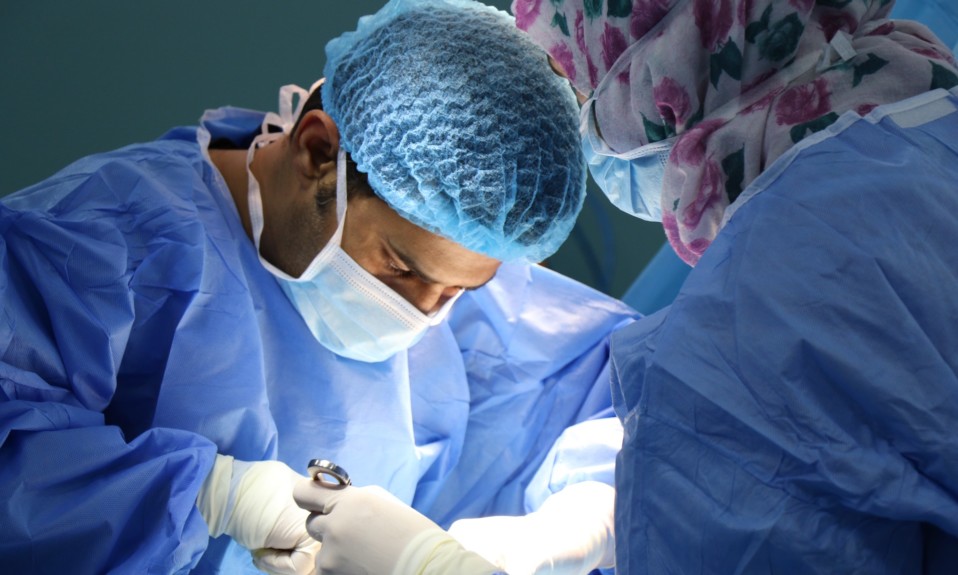A weekly roundup on the latest in addiction science, medicine and care
By William Wagner
August 15, 2020We at “From the Journals” are nothing if not eclectic in our commitment to cover the latest in addiction and treatment, as reported by medical, science and industry journals. This week, we bounce from sleep disorders to syringe programs to a few important topics in between.
From Sleep Health:
Marijuana’s Role in Sleep Disorders
Sleep Health, the journal of the National Sleep Foundation, provides yet another reason why pregnant women should steer clear of marijuana: It might have a long-term effect on the sleep cycles of their offspring. Researchers at the University of Colorado Boulder found that weed-using mothers-to-be are more likely to have kids with sleep problems. In analyzing women who had used marijuana while pregnant, researchers used 26 different criteria, including whether their children snored and how often they awoke during the night. Although the results aren’t conclusive, they do bring further pieces of evidence to this area of study.
Researchers at the University of Colorado Boulder found that weed-using mothers-to-be are more likely to have kids with sleep problems.”
From National Institute on Drug Abuse (NIDA):
Nicotine Addiction and the Brain
Anyone who’s tried to kick cigarettes understands the tight grip of nicotine addiction. There’s a sense that your brain is playing tricks on you. And in fact, it is. A study sponsored by NIDA and conducted by Jessica Flannery and her colleagues at Florida International University shows that nicotine addiction and withdrawal are linked to two separate brain processes. Through this study, researchers hope to develop more effective techniques for helping people to quit smoking.
From European Addiction Research:
The Strong Youth ADHD-SUD Link
How strong is the connection between childhood attention-deficit/hyperactivity disorder (ADHD) and substance use disorder (SUD) among adolescents? Very strong, according to a group of 55 experts from 17 countries. A consensus statement published in European Addiction Research concludes: “Childhood attention-deficit/hyperactivity disorder (ADHD) is a risk factor for substance misuse and substance use disorder (SUD) in adolescence and (early) adulthood.” Often, according to the statement, the two conditions co-occur in adolescents who seek treatment. The purpose of the statement is to provide an impetus for producing better outcomes in adolescents who have concurrent ADHD and SUD.
From Addiction Professional:
A Potent Combination: CBT and Telehealth
Cognitive behavioral therapy (CBT) has become a cornerstone of evidence-based addiction care. Now there’s a twist—telehealth—that seems to be enhancing the benefits of CBT. Clinical trials show that online CBT programs are effective. As Addiction Professional says of one study, “Analysis of secondary outcomes indicated that participants assigned to online CBT demonstrated the best learning of cognitive and behavioral concepts, as well as the highest satisfaction with treatment. These outcomes have since been replicated.” Merging technology and CBT also has cost benefits, reducing the number of in-person sessions that are necessary.
From TribLIVE.com:
Don’t Disregard Syringe Programs
Stuart Fisk, director of the Alleghany Health Network’s Center for Inclusion Health in Pennsylvania, believes there is a major component missing in his state’s fight against the overdose crisis: syringe programs. And if syringe programs could help in Pennsylvania, it stands to reason that they’re of use everywhere else, too. In a recent opinion piece in TribLIVE.com, a western Pennsylvania news source, Fisk writes, “Based on 30 years of research, the CDC [Centers for Disease Control and Prevention] found that individuals who participate in syringe service programs are five times more likely to enter SUD treatment than those who do not participate in such programs.”














